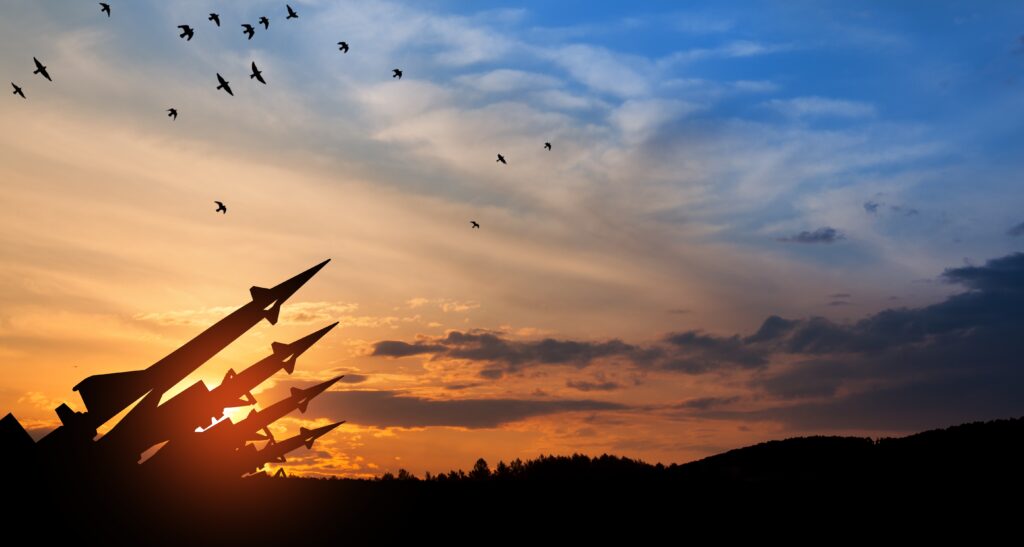Ukrainian drones struck Moscow’s airspace again on Wednesday. This was the third consecutive day of drone attacks near the Russian capital. The strikes caused major disruptions to air travel. Flights were grounded, and passengers were stranded. This chaos occurred just days before Moscow’s Victory Day parade, a key event for President Vladimir Putin.
Flights Grounded as Drones Target Moscow’s Airspace
Russian authorities confirmed that drones approached Moscow’s airspace, causing air traffic to halt across multiple airports. The Russian Ministry of Defence said that some drones were shot down by air defences. However, the damage was done. Around 350 flights were disrupted. At least 60,000 passengers faced delays or cancellations. Many were stuck inside aircraft for hours.
Airlines had to reroute or delay flights. The Federal Air Transport Agency in Russia blamed aircraft delays at central Russian airports. Russian outlets reported that the situation caused what they called an “airport collapse.” One flight that was rerouted included the plane of Serbian President Aleksandar Vučić. His plane had to land in Baku, Azerbaijan, instead of Moscow due to airspace threats.
European Nations Block Airspace Amid Rising Tensions
As the situation worsened, European countries began to take action. Serbia’s state agency confirmed that Vučić’s flight was disrupted due to “active hostilities” in the region. Before the Victory Day parade, Brussels had warned Vučić that attending the event could harm Serbia’s European Union (EU) membership talks.
Several European countries blocked airspace to prevent further disruptions. Lithuania and Latvia did not allow Vučić’s aircraft to pass through. Slovakia’s Prime Minister, Robert Fico, also faced problems. Poland and Lithuania blocked his flight route. Estonia, a strong critic of Russia, refused to allow any aircraft heading to the parade to enter its airspace.
Estonian Foreign Minister Margus Tsahkna condemned the Victory Day parade. He called it “a war-propaganda event” and urged EU nations to avoid participating. Tsahkna emphasized Estonia’s position against Russia’s actions in Ukraine and said his country would not support Russian military events.
Putin Declares Temporary Ceasefire in Moscow
In an effort to secure the Victory Day parade, President Putin declared a temporary ceasefire. The ceasefire would last from May 8 to May 11. Russia called on Ukraine to agree to the truce as well.
However, Ukraine quickly rejected the ceasefire proposal. President Zelenskyy called it a “theatre” meant to manipulate international opinion. He said Ukraine could not guarantee the safety of foreign dignitaries attending Moscow’s events during the ceasefire.
Despite declaring a ceasefire, Russia launched a new wave of drone attack and missile strikes on Kyiv, Ukraine’s capital. The attacks occurred just hours after the ceasefire announcement. Ukrainian officials reported that two people were killed and eight others, including four children, were injured in the strikes. This highlighted the ongoing intensity of the conflict.
Escalating Conflict and Growing Tensions
The recent surge in drone and missile attacks shows that the Russia-Ukraine war is escalating. Ukraine’s ability to send drones into Moscow’s airspace highlights the growing sophistication of its military capabilities. Meanwhile, Russia’s retaliatory actions show that both sides are determined to continue the conflict.
The timing of the attacks adds a political dimension to the violence. Moscow’s Victory Day parade is an important event in Russia. It celebrates the Soviet victory over Nazi Germany in World War II. For President Putin, the parade is an opportunity to show Russia’s military strength, even as the country faces international sanctions and isolation due to its invasion of Ukraine.
European nations are growing more concerned about Russia’s actions. Countries like Estonia have been vocal in their opposition to events held by Russia while the war continues. They argue that participating in such events sends the wrong message amid ongoing hostilities.
Ongoing Airspace Battles
The disruptions in Moscow’s airspace show the ongoing struggle for control of strategic airspace. As the war continues, both Russia and Ukraine will likely target each other’s military infrastructure. The outcome of these airspace battles will be crucial, and the war itself shows no sign of ending soon.
Moscow’s Victory Day parade will proceed under a cloud of uncertainty. The international community is watching closely to see how the situation develops. The drone strikes and missile attacks show that the conflict between Russia and Ukraine remains intense and far from over.


